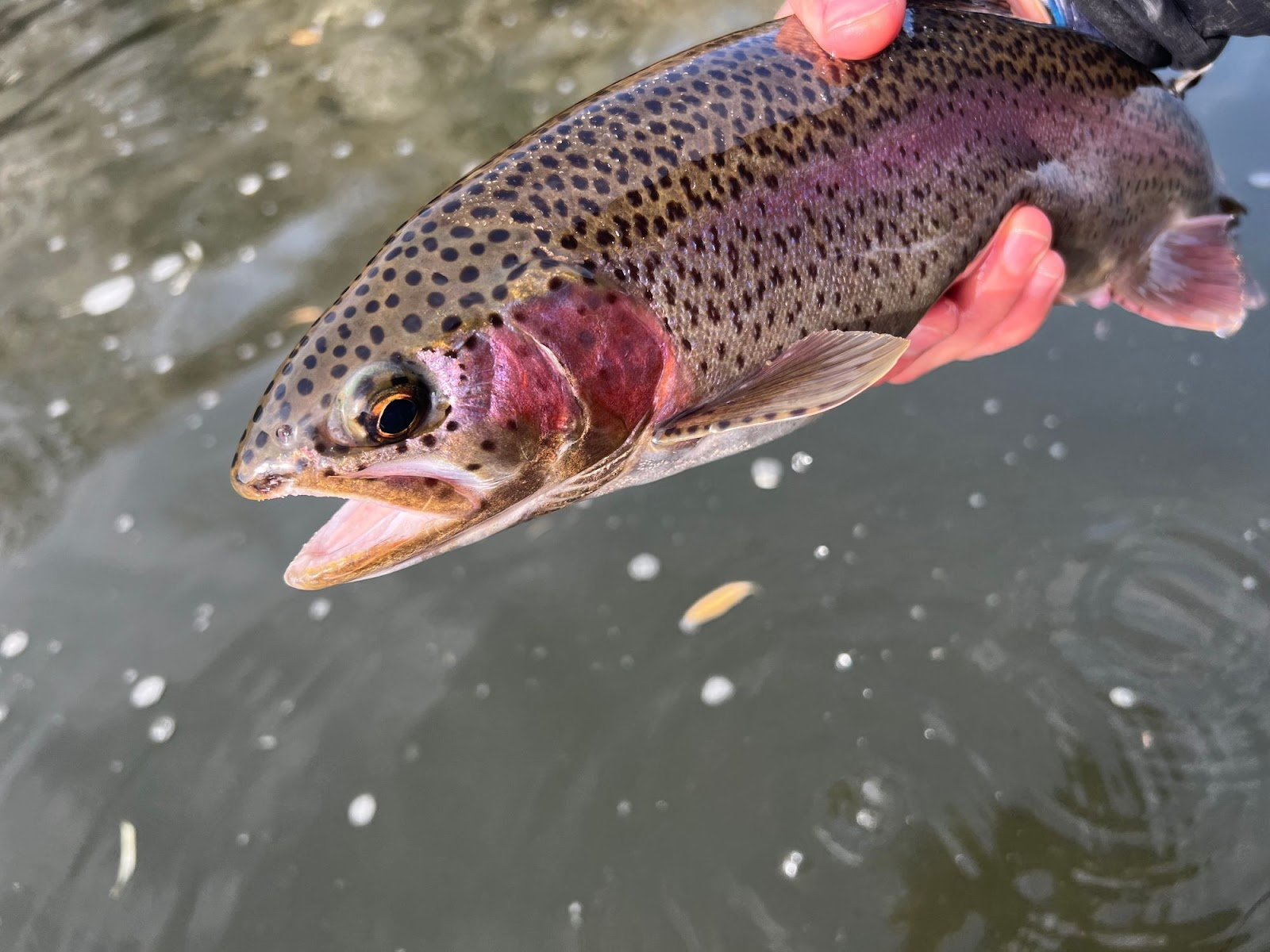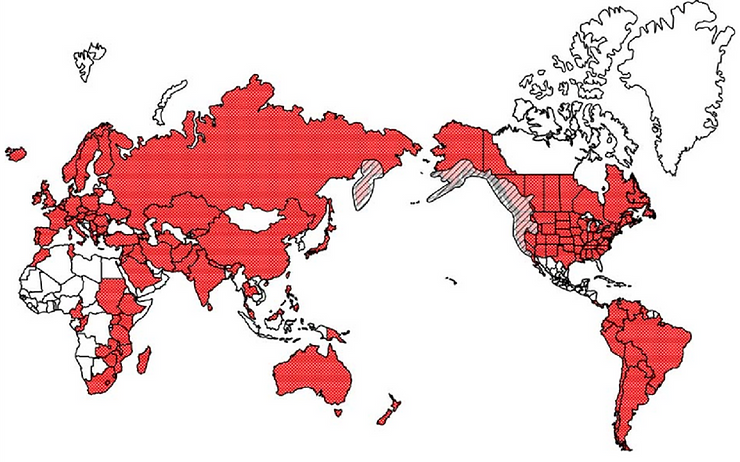Overcrowding 2) How Did We Get Here? Hatchery Obsessed
...feel free to stop at any local pond, Hell, just follow the hatchery truck around and sooner or later you'll stumble upon a plethora of rainbow trout...

Welcome to our series on overcrowding, examining how we got here and where we go next to find new solitude.
In the trout world, fishery managers love hatchery rainbow trout. They fight hard, grow quickly, plus they aren’t too smart, ah, I mean, they readily take a fly or lure.
Colors of the Rainbow
Need one to grow quickly? We have a strain for that. Need one to mature early? Got it. The list of rainbow trout strains is staggering. Unique strains exist for about as many hatcheries are found raising rainbow trout.
Some common strains include Arlee, Bellaire, Colorado River, Eagle Lake, Erwin, Gunnison River, Hofer, West Virginia, Kamloops, Harrison Lake, Fish Lake, McConaughy, and the list goes on. Some notable strains include the Colorado River strain known as a highly successful wild trout strain. Though slow to grow, they live long and exhibit natural spawning behavior. Another wild strain comes from Eagle Lake in the high Sierras, also known to grow large. There are also highly domesticated strains, like the Hofer strain. Bred for hundreds of years in Bavaria as food, this strain grows fast, and matures quickly, but doesn’t behave like a wild fish. The variety of rainbow trout is reminiscent of the variety of different dog breeds, each developed to perform certain tasks.
But why so many rainbow strains? One answer might be that trout and salmon are so good at finding their way back to their natal streams that very few individuals end up in other spawning grounds. As a result, there’s not a lot of genetic mixing from different lineages. Hypothetically, wild fish that run out of a reservoir to spawn in multiple creeks might be different from each other despite spending much of their lives in the same reservoir. As a result, each watershed can evolve into unique strains, taking on their own characteristics. Many of these naturally unique types of rainbow trout developed into the modern types of stocked rainbows we have now. Some hatcheries still collect eggs from wild spawning rainbows, while other rainbows are raised completely within a hatchery. In both cases, trout are being bred and raised from limited genetic pools, creating unique variations within the rainbow trout species. They are essentially bred like dogs. Pick a desirable trait, and select the offspring which most exhibit that trait, generation after generation.

When whirling disease rolled into Colorado in 1987, it quickly killed many rainbow trout statewide. Whirling disease, originally from Europe, had coevolved with european-derived brown trout that have built up a resistance to the disease, but the rainbow trout native west of the continental divide had no safeguards. Only 10% of the historical densities and biomass of rainbow trout survived. By 1997, 10 of the 14 state hatcheries were infected. But the hatcheries managed to engineer new rainbow trout by combining the natural resistance of the European Hofer strain with local wild strains. Now it is common to find “Hofer-infused” trout in streams, where fisheries managers hope that acclimated trout with some resistance to whirling disease will spawn with wild fish to integrate resistance into future generations. And so, new breeds of trout are being born.
The rebound of rainbow trout following the introduction of whirling disease has largely been a success, and additional resistant strains are constantly being optimized. Without the stocking of resistant trout, the rebound may have taken far longer, as survival rates of wild eggs are only 1/100, while hatchery eggs fare much better with 76/100 surviving. But still, some despise stocked rainbows, claiming that they dumb down the fish population. Freshly stocked rainbow struggle for at least a week to acclimate to wild habitat, leaving them naive to the particular and risk-averse standards of wild trout.
But I’d remind you to not over-exaggerate the intelligence of trout. But that might be why we love rainbows. They are generally more active and willing to take flies than the elusive browns, and much more common than the native cutthroats. With the way humans have expanded our ability to manipulate species through breeding, rainbow trout and dogs aren’t really that different.
Though rainbows are desirable as a hatchery species, rainbow trout are also invaders. They are more adept at foraging and more aggressive than many other species where they are introduced, interbreed-and-hybridize with cutthroat trout, and prey on native fish and invertebrates.

Source: Crawford & Muir
Additionally, as Man’s (aquatic) Best Friend, they have followed us around the world. Rainbow trout are now common across the globe, found on every continent except Antarctica. As scientists have started to recognize the largely destructive effects rainbow trout have on native ecosystems, they are now considered a global biodiversity threat. The International Union for the Conservation of Nature (IUCN, a leading organization in biodiversity protection) has black-listed rainbow trout as #63 of the top 100 most invasive alien species in the world. (If you were curious, brown trout also make the list at #82). There are even some places where the presence of rainbow trout simply isn’t tolerated. Some lakes in the High Sierras have lost populations of native frogs from trout predation. The trout were so good at eating the frogs that simply finding fish in a lake was a strong indication no native frogs would be present. Still, rainbow trout are proliferated and introduced to lakes, and streams, in hopes of bringing in revenues for fisheries programs.
So exists a disconnect between the angler’s expectations for what freshwater fisheries should be, and what scientists tell us they should be. But the angler’s needs seem to win, that is… stocking more rainbows sells more licenses. Enhancing coldwater fisheries doesn’t always coincide with protecting biodiversity, or stable ecosystems.


